Anomalous Radioactive Variations
by Joe Parr
NOTE: The document below was re-mastered and published with the assistance and kind permission of the curators of the Charles A. Yost Research Library and Archive, for those interested in acquiring a pdf of this and other related work as it was prepared for the Electric Spacecraft Journal, Issue 9, 1993, please contact the archive on their website @ www.caylibrary.com or by e-mail @ caylibrary@gmail.com where digital downloads are available for a nominal fee.
My thoughts on how this independently supports other researchers findings
Joe Parr has performed some elaborate long-term experiments with magnets, rotating pyramids, and small radioactive sources. In this unusual combination of variables, certain measured results of Mr. Parr's experiments show striking similarity to those of T. T. Brown's rock electricity experiments in which a connection between electricity and gravity was sought. Mr. Parr has interpreted his own test results with the hypothesis that a pyramid can become engulfed in a "bubble" and enter "hyperspace." We do not see this interpretation to be supported by the evidence received. However, his testing setups and the 1979 radioactive count data show variations of a cyclical nature which are not easily explained.*
It was in 1978, in Antarctica, Palmer station, Operation Deep Freeze, when Mr. Parr developed a form of gamma ray (y-ray) transducer1. Subsequently, from 1979 to the mid-80s, Mr. Parr conducted experiments wherein small pyramids were studied with various magnetic fields. In 1987, May 12, atop the Cheops pyramid all night, under a full moon, he measured the background radioactive count with a Geiger counter. Thus Parr has been searching for possible effects associated with the pyramid shape.
The form of the transducer is a dosimeter in combination with a radioisotope y-ray source. The principle is such that a known y-source in proximiy to the dosimeter will cause it to discharge at a definite rate. This is a representative measure of the quantity of radioactivity absorbed overtime. In addition, a Geiger counter is placed near the y/dosimeter transducer to measure its radioactive count.
The number and accumulation of counts by the Geiger counter is seen to vary. The variation is noted to be often coincidental with moon phases, solar activity, and the Earth's orbital location.
Editors note: a similar phenomenon has been documented by T. T. Brown (Lab Notebooks) in his high-voltage capacitor and petro (rock) - electricity experiments. In Brown's case, the electrical potential of a capacitor and/or rocks was being monitored over long periods of time.
According to Mr. Parr, the placement of a pyramid shape over a y/dosimeter transducer enhances the variation of the Geiger count with respect to the planetary position effect. However, this aspect of the data is still not clear, since simultaneous data collection on a control with and without pyramids is not available. This report, therefore, does not dwell upon aspects of the pyramid shape influence, nor the hyperspace bubble interpretation.
Another data-recording device used is the E-cell. This device takes the counts from the Geiger counter and accumulates the number of charges that are being collected over time by the transfer of ions from one electrode of the cell to the other electrode. This is similar to electrically measuring an electrolysis or plating process.
Test Setup
The photograph in Figure 1 shows one of several 1983-87 period experiment test setups. This photograph depicts a thirdgeneration design test setup used around 1985.
The 5-inch thick, 3-foot diameter circular chamber is the housing for a flat blade that is rotated in propeller-like fashion. The wood blade is 3 inches wide by 1/8 -inch thick and swings in a 25-inch diameter circle. A pair of small pyramids is attached to each extremity of the arm. A small radioactive source (for example, 1.0 µ curie of Cesium 137) is placed by one of the pyramids. The arm swings the pyramids between magnetic fields of alternating polarity. These fields are supplied by sets of permanent magnets. Geiger counter tubes were placed around the periphery of the housing, as shown in Figure 2, to measure particle counts from the radioactive source. The Geiger tube test setup was part of the testing in 1983 and 1984.
Negative ions were injected into the chamber by an air ioniser2. The tests ran for months during which the radioactivity count level was continuously measured.
Figure 3, a top view of the housing, illustrates the rotating flat arm with the pyramids attached to each end. The pyramids themselves were made of ABS plastic. The micro-curie radioactive source was placed at the apex of one pyramid. The housing was closed on top by a ½-inch thick plexiglass plate and on the bottom by a ¾-inch thick particle board.
The arm was driven by a 12-volt DC ¼-horsepower motor, in the range from 700 to 2400 rpm. The instrumentation was primarily that of the Geiger counter, to measure variation of they-radiation, and a spectrum analyzer to indicate resonant points.
Figure 4 provides a more detailed arrangement of the 1985 test chamber. Thirty-six magnet assemblies are seen to be arranged at a 12-inch radius. This latest design incorporated a "centrifugal collector" dump, since the pyramids will tear off of their mountings.
A cross-sectional view through the diameter of the housing, shown in Figure 5, illustrates the passage of the pyramids between permanent magnets. As the arm swings around the periphery of the housing, the pyramids are seen to pass between the magnetic fields of alternating direction. This is shown in Figure 6.
A detail of the magnetic pole and pyramid positioning is shown in Figure 7.
1979-1980 Test Results
One set of test results is shown in Figures 8a [137Cs], b [133Ba], and c [60Co]. Basically, these charts present data of accumulated milli-Roentgen per 24 hours, averaged over ten-day periods, versus time. Time in this case is in ten-day units and extends over a period of 445 days. Thus we see that the Earth has made nearly 1¼ revolutions in its orbit around the Sun, and the Moon has gone through nearly fifteen cycles. There is a definite cyclic looking pattern to the radioactive count data.
It is not at all clear that the cyclical variations in Figure 8a are a result of the particular test conditions of the pyramid shape, of rotary motion, or of magnetic fields. The question is; what is causing the radioactive variations? Could it be caused by solar activity, Earth's position in orbit, Moon interaction, etc., or does the pyramid shape passing through a magnetic field generate an effect? The data in itself raises significant questions. (The circular arc superimposed on the graphs of Figure 8a, b, and c represents the Earth orbital cycle.)
There is an effort to show a correlation with the Moon phase (gravity field). There appears to be a definite cyclic variation, among others, of the radioactivity; however, it has not correlated consistently to the Moon phases and does not appear clearly correlated to the test variables. It is worthwhile to realize that the radioactivity action must be integrated into electrical data for recognition.
Mr. Parr has a hypothesis which we have not elaborated upon. He interprets the results in his experiments to indicate the development of a "hyperspace bubble" around the pyramid3 as it passes between the magnets and when conditions are just right: the right conditions relate to the Moon, Sun, magnetic history, and ion potential. The coil, shown in Figure 4, is there to register this bubble. The Geiger counter is no longer necessary since it is being replaced by the FFT spectrum analyzer. Occasionally, a "blast" occurs, which is related to the pyramids tearing off of the rotating arm and accelerating away from the gravitational influence. Mr. Parr considers the blast to be caused by the collapse of the "bubble" and the return of the pyramids from "hyperspace." His interpretations are based on his collection of data and anomalous events. We have not seen this data to support his interpretation.
About the Author
Joe Parr4, LLb, JD, has forty years experience [as of 1993] in electronics of which twenty years has been spent as a field engineer overseas.
Principal contributors to Joe Parr’s work
Gamma-Ray Transducer - The mating of a 1.0 micro-Curie source (eg. Cs137) and a dosimeter of 200 milli-röntgen. Read and reset every 24 hours, averaged every 10 days.
Ion Generator - A 10kV-12kV device which sprays negatively charged electrons into the air. Normal density is 350,000/cc at 1 meter.
Pyramid Orb - A containment bubble which surrounds specific pyramid shapes and has no detectable edges.
Virmani, Bryant D., “Phase -to- Amplitude Modulation - Variable Frequency Transmitter Based on Polyphase Oscillator”, Wireless World, April 1955, pp. 183-187.


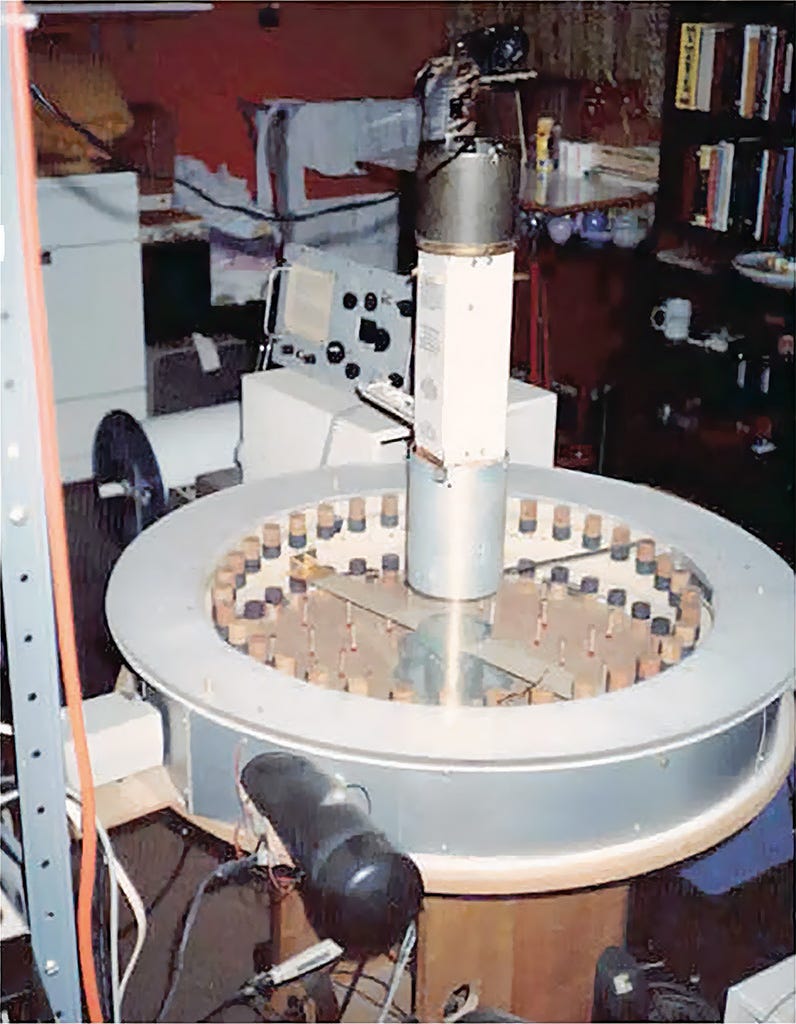
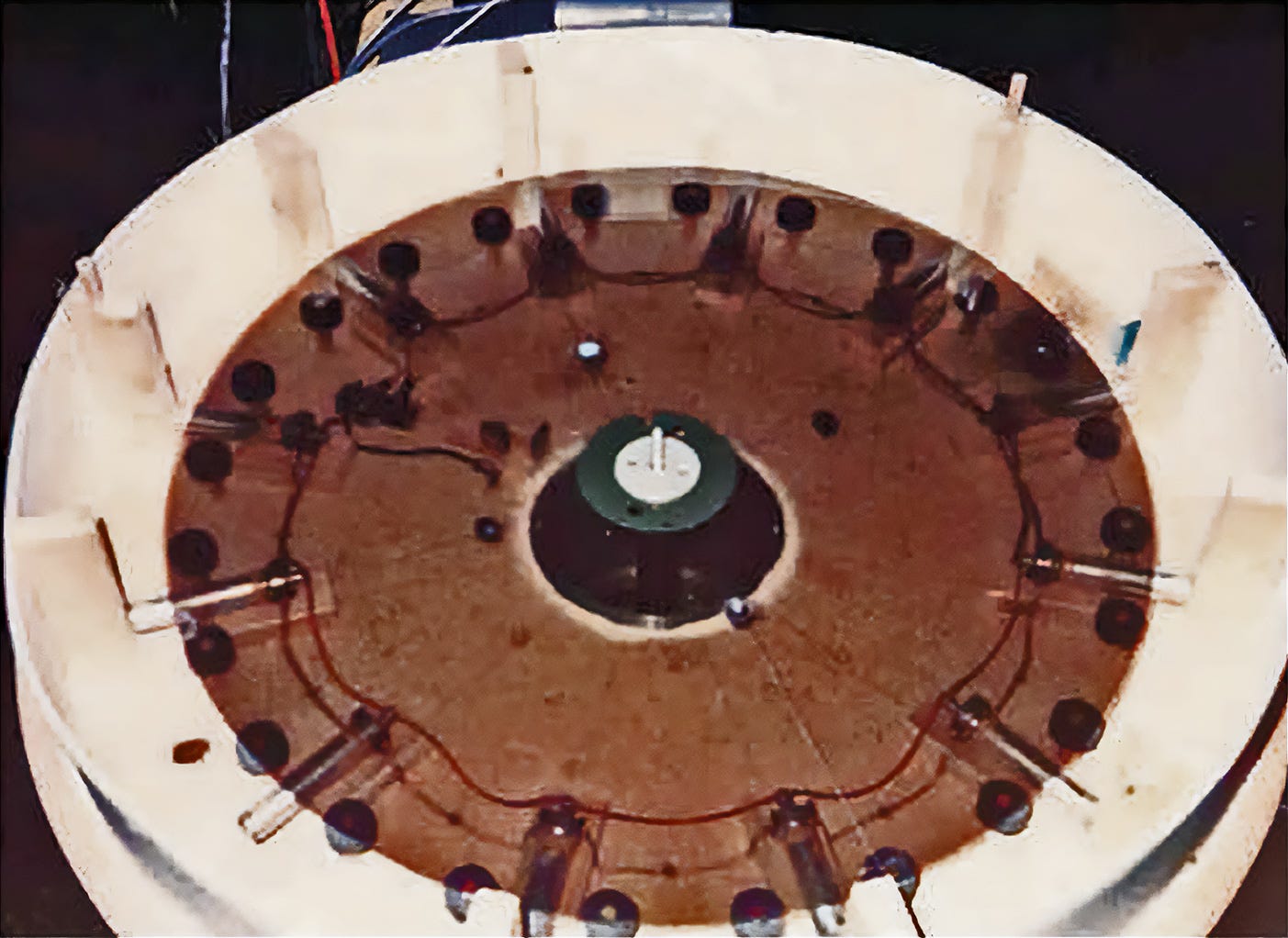
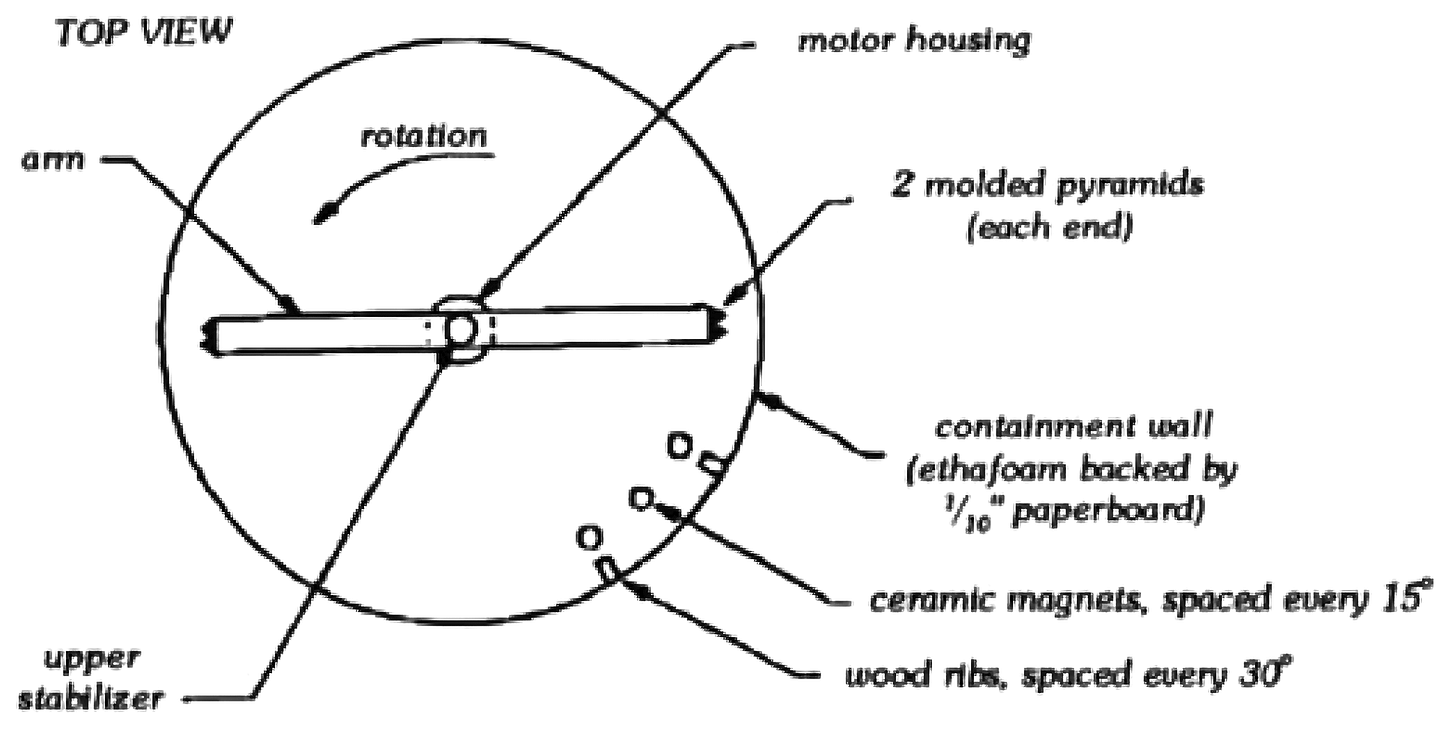
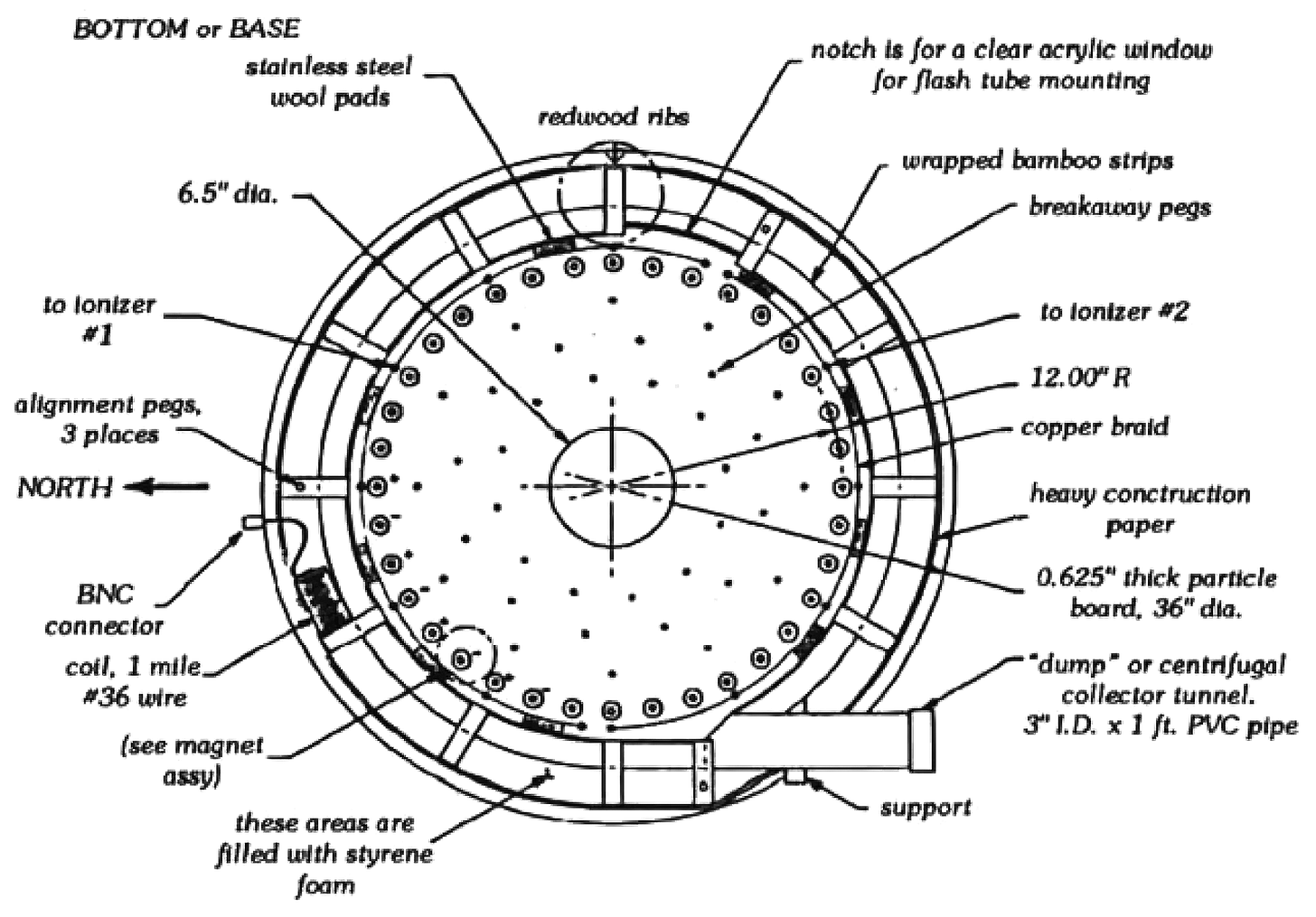
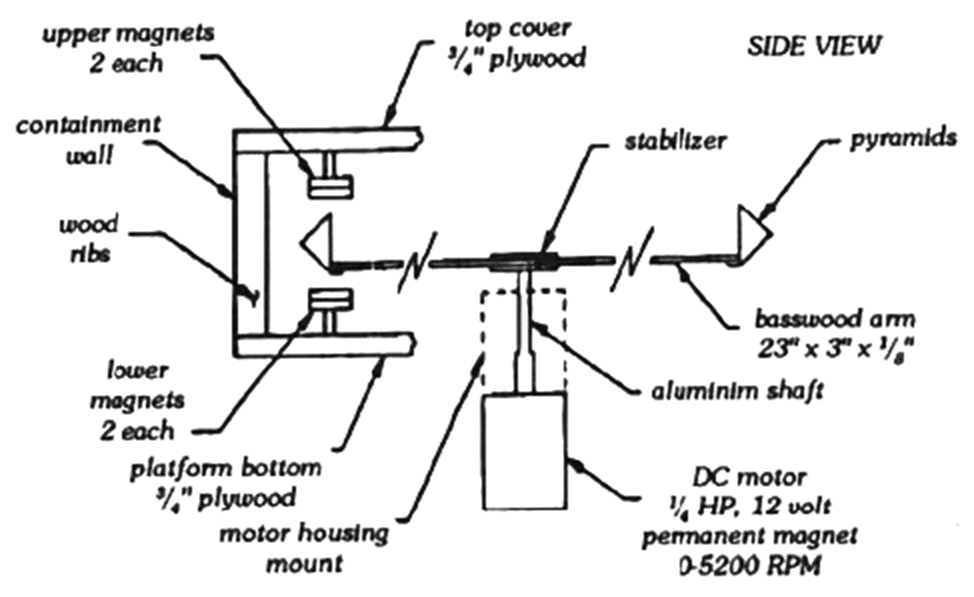
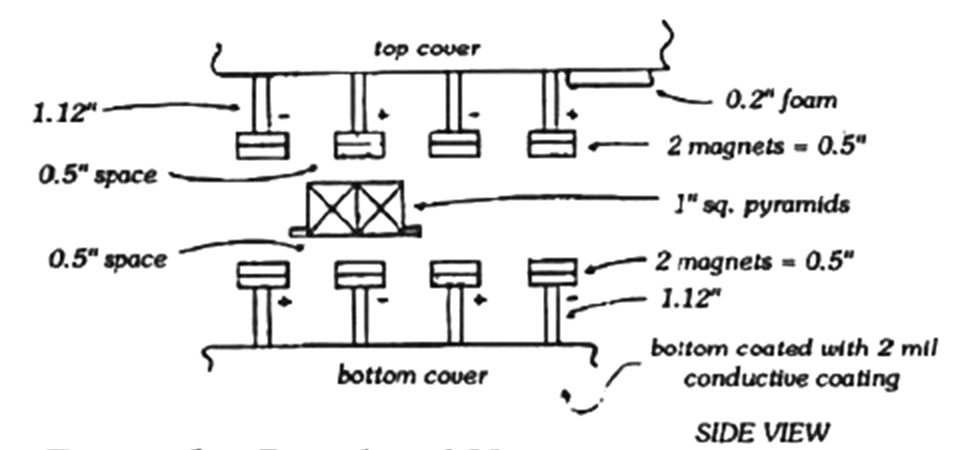
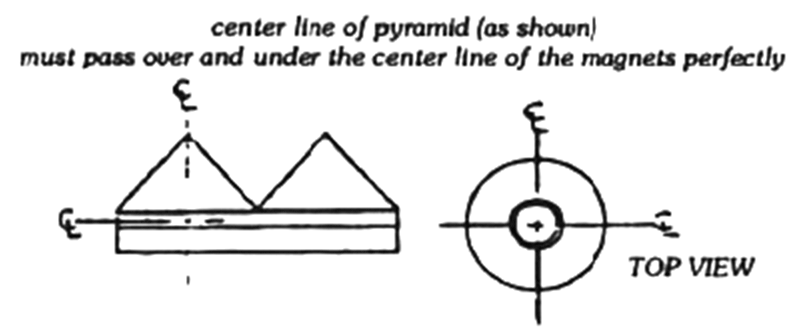
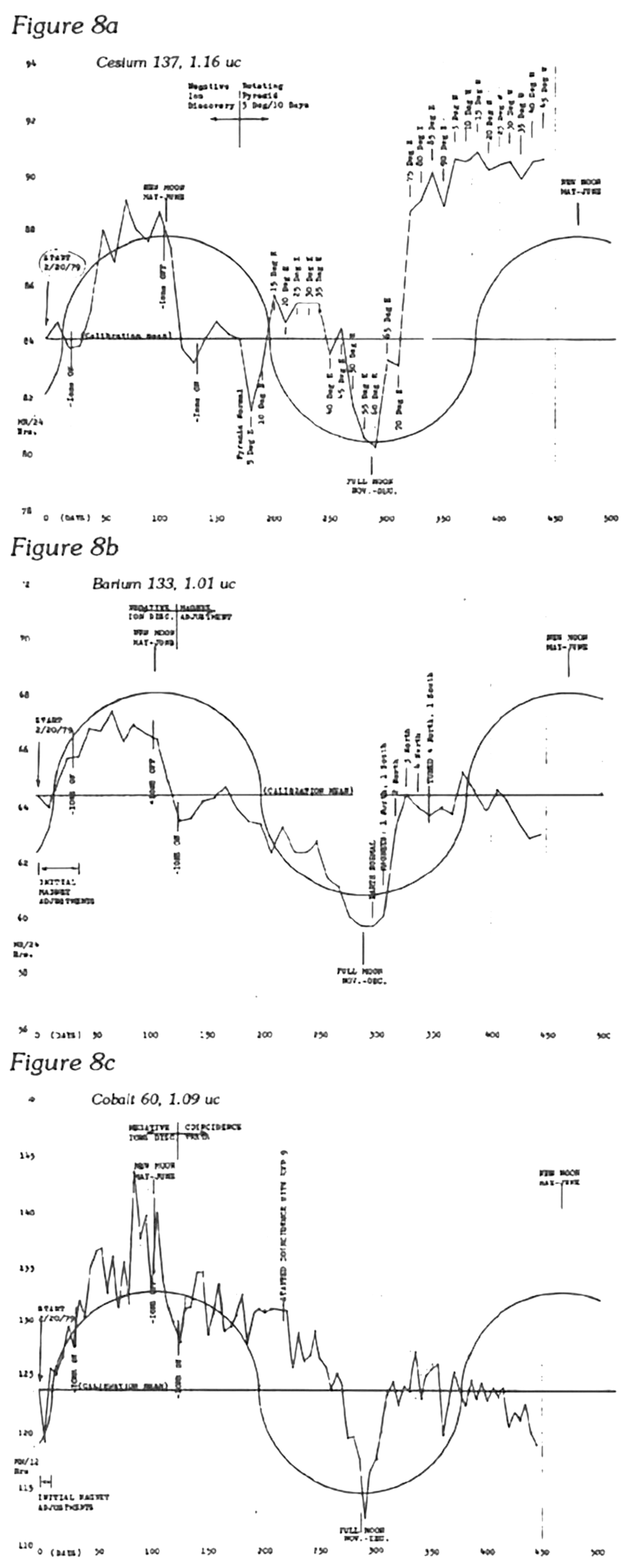
I think I remember something about this in earth space human regarding a test which made the radiation appear with more order using a certain dosimeter
Bob, here's another excellent article from Ed Lewis where he argues that tornadoes and ball lightning are the same thing. There are lots of examples from trained observers of tornadoes and references to Matsumoto and Shoulder's lab work. This seems to be an archive of the original article so the typesetting is not optimal. Wouldn't be surprised if no one outside our community has followed up on his insights. http://padrak.com/ine/ELEWIS3.html
(Saw the reference here with these disparaging comments about Lewis in this article about electromagnetic nature of tornadoes. Don't miss fig. 32.) http://charles-chandler.org/Geophysics/Tornadoes.php?text=full&images=true&units=imperial